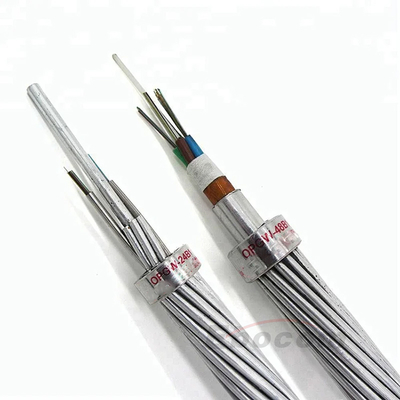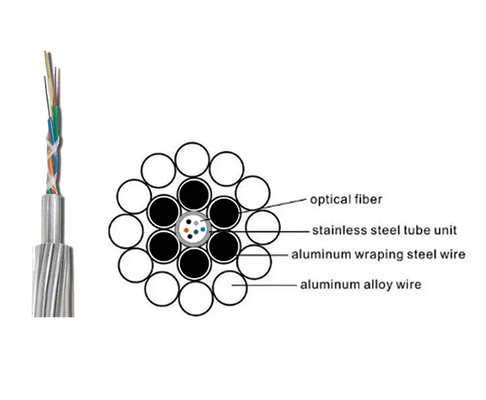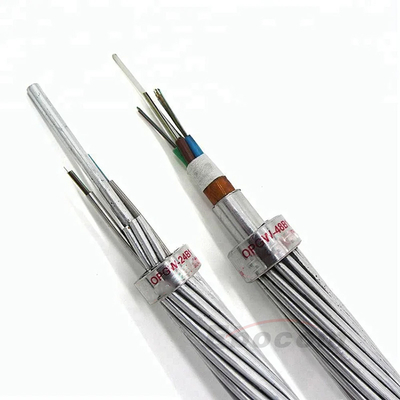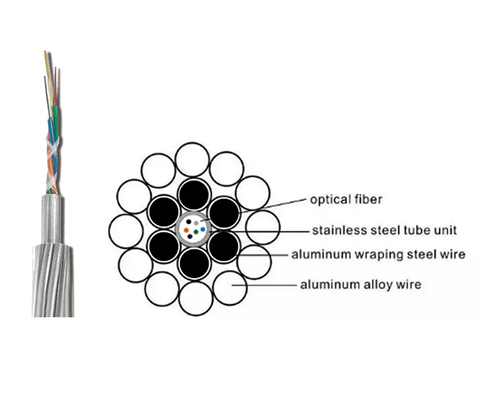OPGW48B1-50 Overhead Ground Wire Cable 24 48 72 96Core For Tower 220KV Networking Communication
| Place of Origin | Shandong,China |
|---|---|
| Brand Name | EBOCOM |
| Certification | ISO TLC |
| Model Number | OPGW-48B1-50[51;9] |
| Minimum Order Quantity | 2000M |
| Price | EXW ≥2000m $900/KM ≥10000m $895/KM |
| Packaging Details | 1. Iron-wooden drum or non-fumigation wooden drum,normal wooden drum. 2. Drum size can be designed,details will calculation for suitable for containers. |
| Delivery Time | 5-8 days |
| Payment Terms | T/T |
| Supply Ability | 4000MS/day |

Contact me for free samples and coupons.
WhatsApp:0086 18588475571
WeChat: 0086 18588475571
Skype: sales10@aixton.com
If you have any concern, we provide 24-hour online help.
x| Model Number | OPGW | Cable Mode | Optical Ground Wire |
|---|---|---|---|
| Cable Type | Stranded Opgw Cable | Fiber Count | 24 48 Cores |
| Fiber Type | G652D/G657A1/G657A2 | Strength Member | Steel Wire FRP |
| Key Words | Optical Fiber Cable | Application | Overhead/Aerial |
| Highlight | OPGW fiber optic cable 48 core,overhead ground wire cable 220KV,OPGW48B1-50 tower communication cable |
||
Product Description:
Structure & Technical Specifications:
![]()
Application :
OPGW optical cables are widely used in power systems, primarily in the following scenarios:
1. Power Communication Trunk Lines: Serving as the backbone of the power communication network, they transmit important information such as dispatch calls, telecontrol signals, and relay protection signals.
2. Substation Communication: Connecting substations with control centers to achieve substation automation.
3. Distribution Network Communication: Used for distribution network automation, load control, and remote meter reading.
4. Renewable Energy Access: Used for communication connections between renewable energy power stations such as wind farms and photovoltaic power plants.






